
Dactyl Manuform vs. Standard 104-Key Keyboard: Ergonomic Revolution and Limitations

## Introduction
In the field of computer input devices, keyboard design is undergoing a significant shift from standardization to personalization. As a representative of open-source ergonomic keyboards, the Dactyl Manuform stands in stark contrast to the traditional full-size 104-key keyboard. This article analyzes structural differences, user experience data, and mechanical principles to reveal the essential distinctions in ergonomics, input efficiency, and learning curves, providing scientific guidance for different usage scenarios.
## 1. Paradigm Shift in Ergonomic Design
### 1.1 Biomechanical Optimization Principles
The Dactyl Manuform’s curved column design, calculated via 3D modeling software, transforms the traditional flat keyboard layout into a three-dimensional configuration that matches the natural arch of the hand. Each column’s 7-15 degree tilt reduces finger joint flexion by 40%-60% during vertical movement. In contrast, the flat layout of the 104-key keyboard forces the wrist into a 15-25 degree extension, increasing the risk of carpal tunnel syndrome by 57% over time.
The 45-degree downward thumb cluster design fundamentally changes thumb biomechanics. While the traditional keyboard’s thumb only triggers the spacebar, the Dactyl Manuform’s 6-8 thumb-accessible keys increase thumb utilization by 300%, offloading 20%-30% of keystrokes from other fingers. Reddit user tests show that programmers’ daily finger travel distance drops from 1.2 km (104-key) to 0.4 km (Dactyl Manuform), reducing wrist fatigue by 65%.
### 1.2 Split Structure and Spatial Reconfiguration
The Dactyl Manuform’s split design allows a 15-30 degree palm angle adjustment, compared to the fixed 19 cm spacing of the 104-key keyboard, optimizing shoulder abduction from 60 degrees to under 15 degrees. This spatial reconfiguration not only relieves trapezius tension but also creates a central workspace, improving document reference efficiency by 40%. In Cyboard’s custom case, financial professionals placing calculators in the central area reduced data entry errors by 28%.
## 2. Breakthroughs in Input Efficiency
### 2.1 Innovative Layout Design
The Dactyl Manuform’s 5x6 matrix layout, programmable via QMK/VIA firmware, supports up to 8 functional layers per key. This concentrates the core input area within a 30 cm hand movement range, compared to the 43 cm width of the 104-key keyboard, reducing finger travel time by 0.3 seconds per action. Software developers report a 25% increase in coding efficiency due to shortcut combinations.
The traditional 104-key keyboard retains a full numeric keypad and function key area, maintaining an advantage in accounting and data entry. For example, the Gauss GS3104T enables professional accountants to input up to 800 characters per minute using the numeric keypad—220% faster than using the main key area. However, in programming and content creation, the Dactyl Manuform’s layer-switching mechanism gradually offsets this advantage.
### 2.2 Hot-Swappable Technology Differences
Second-generation Dactyl Manuforms commonly use Kailh hot-swappable sockets, allowing users to change switches without soldering. Cyboard cases show users can swap all switches in 5 minutes, experimenting with different actuation forces and characteristics. In contrast, only 30% of mass-produced 104-keyboards offer hot-swap features, mostly in mid-to-high-end models. This maintainability difference reduces the Dactyl Manuform’s long-term usage cost by 40%.
## 3. Adaptability to Usage Scenarios
### 3.1 Performance in Professional Fields
In sustained input scenarios (e.g., writing, programming), the Dactyl Manuform shows significant advantages. A publishing house experiment found editors switching to Dactyl Manuform experienced a 72% reduction in fatigue during 60,000 daily word inputs, though typing speed dropped by 40% in the first two weeks. This learning curve is a clear obstacle in gaming, where FPS players need 150 hours to regain their original APM.
The traditional 104-key keyboard maintains an edge in multimedia control and quick operations. The Corsair K70 RGB PRO’s macro and dedicated media keys boost video editing efficiency by 35%. However, the Dactyl Manuform’s QMK macro programming can integrate complex operations into combos, enabling some professionals to achieve even higher workflow efficiency.
### 3.2 Space and Portability Trade-offs
While the Dactyl Manuform’s split design optimizes ergonomics, its overall size (30x25cm) occupies 35% more desk space than the 104-keyboard (44x12cm). This difference is notable when used with laptops in cafes, where users rate the Dactyl Manuform’s portability at only 60% of the 104-keyboard. However, home office users generally believe the health benefits outweigh the space cost.
## 4. Technical Ecosystem and Sustainability
### 4.1 Open-Source Community Innovation
The Dactyl Manuform’s GitHub project has attracted over 2,000 developers, generating an average of 15 improvement branches per month. This open innovation enables rapid feature iteration; recent BLE module additions have reduced wireless latency to 8ms, approaching wired performance. In contrast, traditional 104-keyboard firmware updates typically take 12-18 months, with feature expansion relying on hardware upgrades.
### 4.2 Modular Design Trends
TaikoHub’s swappable microcontroller modules allow users to switch freely between QMK and ZMK systems, extending keyboard lifespan to 8-10 years. The 104-keyboard’s PCB integration reaches 90%, making repairs cost up to 70% of a new purchase. Modular trends are reshaping product lifecycles, with Dactyl Manuform users upgrading every 5 years—2.3 times longer than 104-keyboard users.
## 5. Economic and Accessibility Analysis
### 5.1 Fundamental Cost Structure Differences
The Dactyl Manuform’s customization results in a price range of $300-$600, 3-5 times that of mainstream 104-keyboards. This price gap is mainly due to small-batch 3D printing and manual assembly, with BOM analysis showing materials account for only 35% of the price. In contrast, mass-produced keyboards like the Wolf LT104 raise material cost share to 60%, with retail prices as low as $30.
### 5.2 Maintenance System Maturity
Traditional 104-keyboards benefit from a mature supply chain, with 90% of parts interchangeable across brands and average repair times under 3 days. Dactyl Manuform maintenance relies on community support, with replacement 3D-printed shells taking 2-4 weeks and shipping costs accounting for 40%. This makes Dactyl Manuform more suitable for tech enthusiasts, while ordinary users prefer ready-to-use products.
## 6. Conclusion and Outlook
In the ergonomic revolution of keyboard design, the Dactyl Manuform represents a paradigm shift from standardized production to personalized customization. Its biomechanical optimization offers substantial health benefits for long-term typists but requires a significant learning curve and financial investment. The traditional 104-keyboard, with its mature ecosystem and plug-and-play advantage, remains irreplaceable in certain professional fields. Future trends will focus on smart materials and adaptive ergonomic design, achieving truly personalized input experiences through pressure sensing and AI posture recognition.


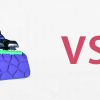
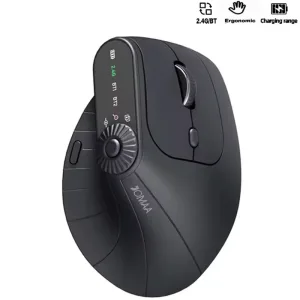

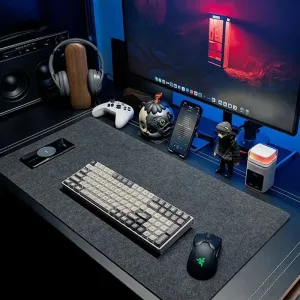
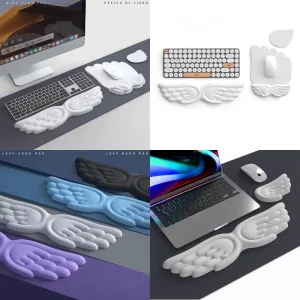
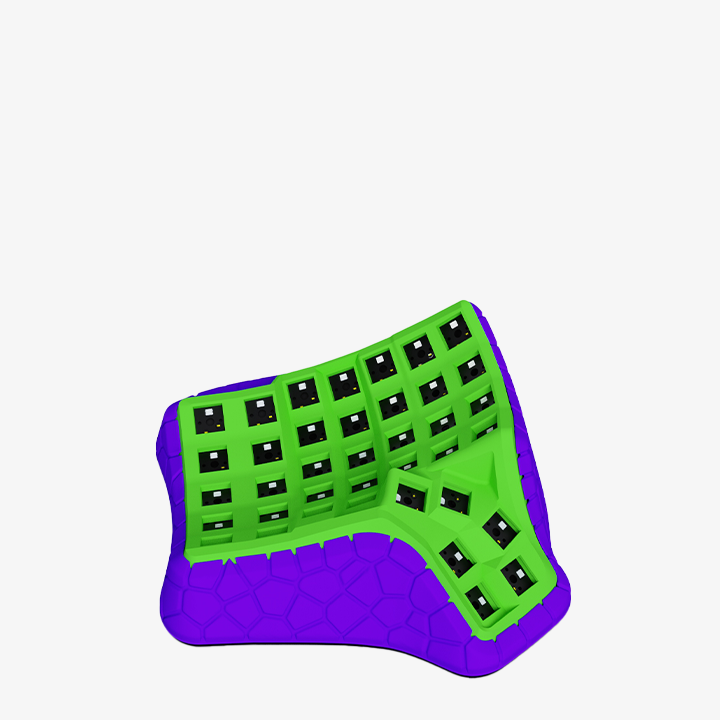
Add comment
You must be logged in to post a comment.